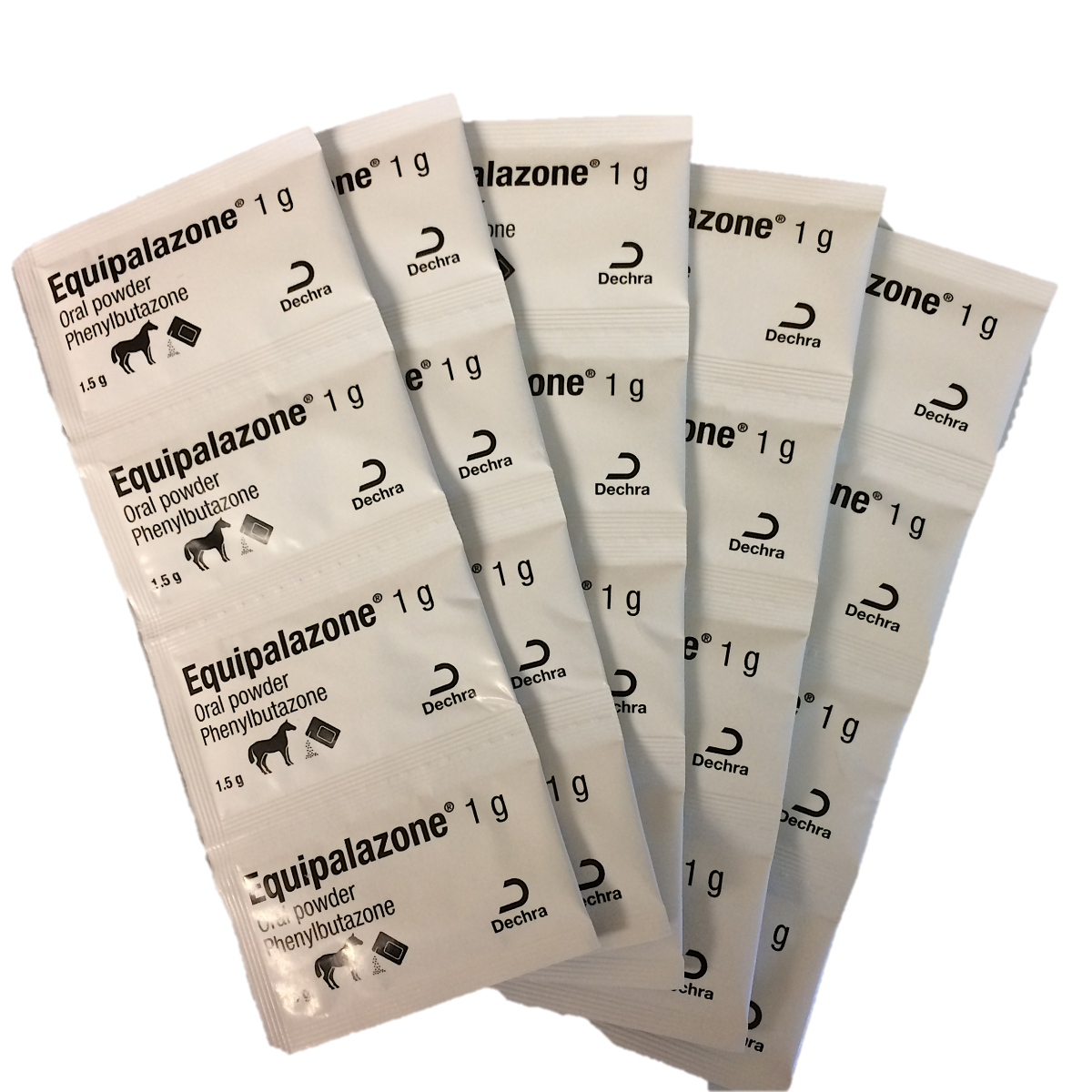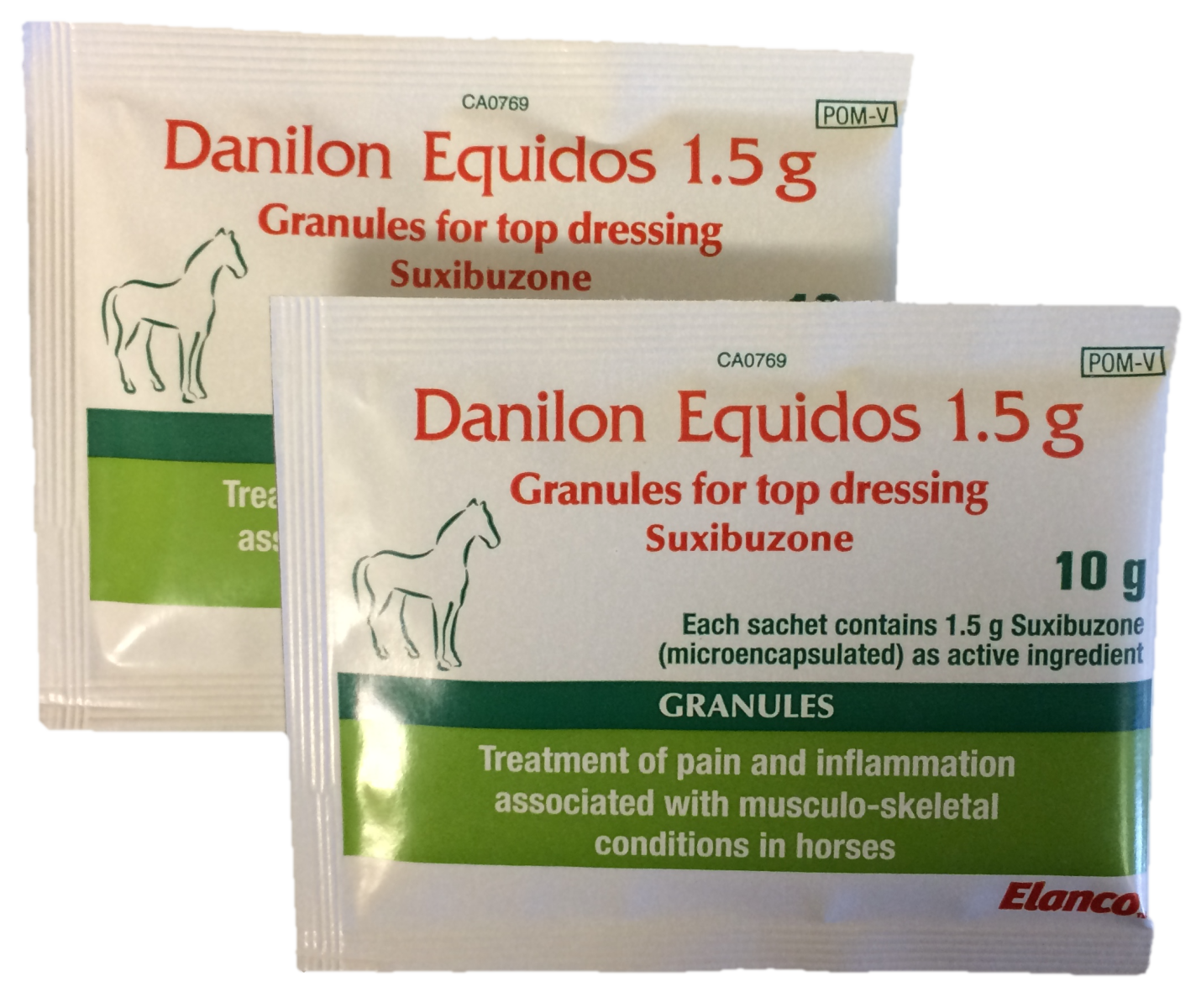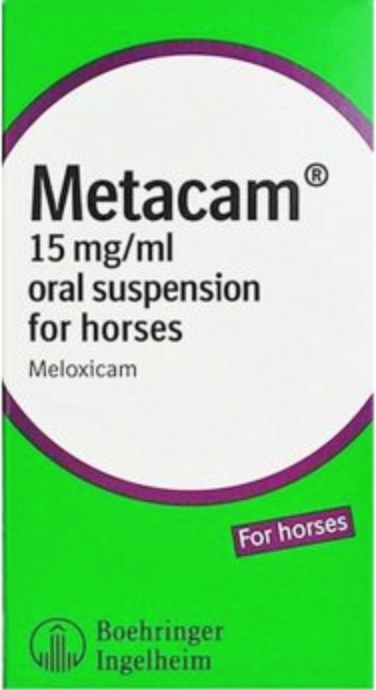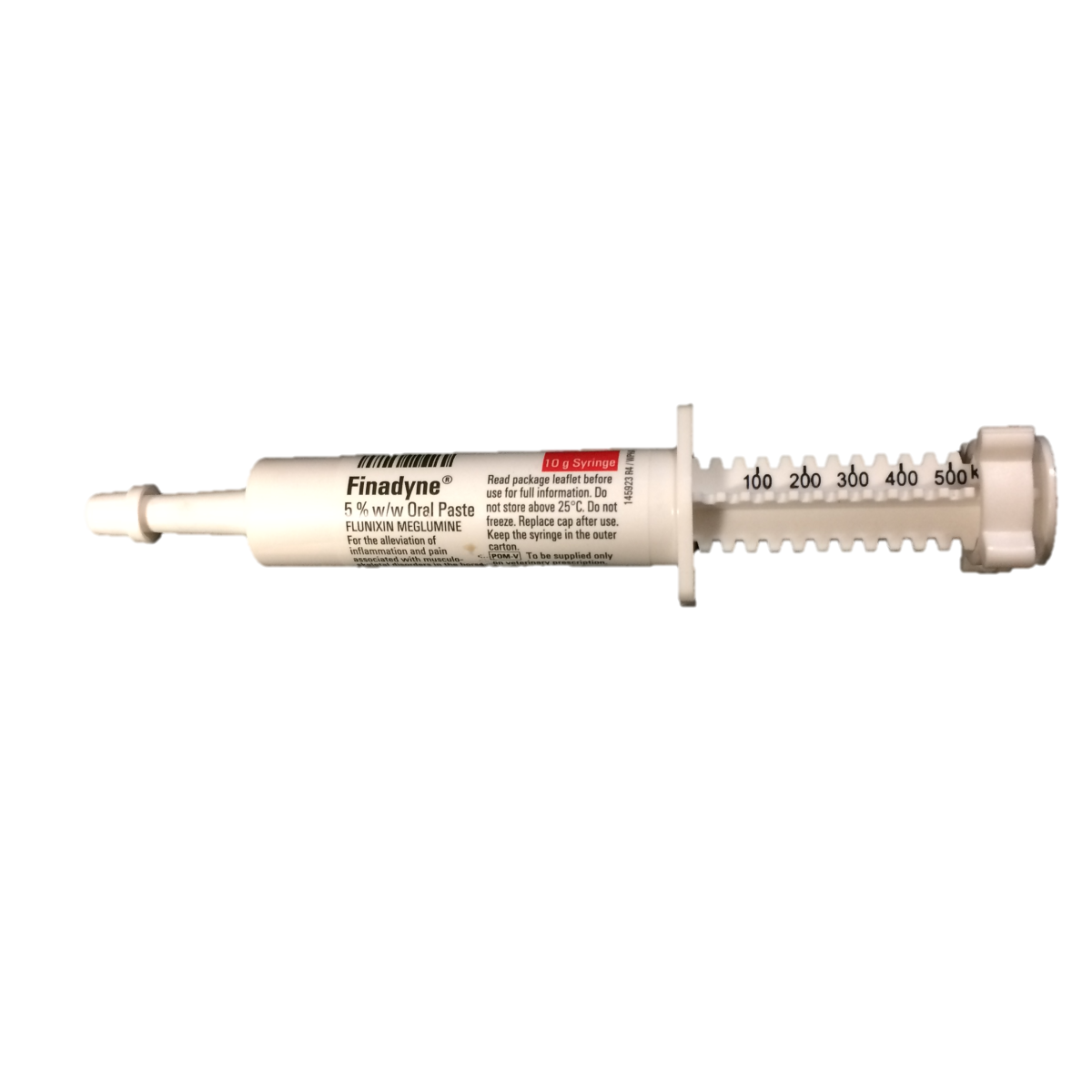Pain recognition in horses can be very difficult; this is because many horses naturally try to hide their vulnerability to predators. Similarly to humans, individual horses have variations in how they express pain, and often you, as their owners who are very familiar with their individual normal behaviour, are key in recognising some of the more subtle signs of pain.
Horses demonstrate numerous and varying signs of pain. These are dependent on factors such as the individual animal, the environment and circumstances, the location of the pain and the severity of the pain. Some of the ‘general signs’ of pain may seem contradictory but reflect the variation in how individual horses show pain
Specific senarios
Wounds:
- If bleeding heavily, apply firm pressure or a bandage whilst waiting for the vet. If blood soaks through the first, do not remove
- If heavily contaminated with mud, clean with a hosepipe, otherwise use diluted Chlorhexidine (brand name Hibiscrub). We recommend 1 part Hibiscrub to 10 parts water)
- If there is a penetrating object, if possible leave this in place until the vet arrives
- It can be helpful to take pictures of a wound to send to a vet
- Please do not apply any topical creams or powders to wounds before the vet has assessed. Never put anything in a wound that you would not put in your eye
- Remember the size of a wound is not always critical, some may only look small but can involve vital structures
Penetrating objects into the foot - e.g. nails:
- Do not remove the penetrating object as X-Rays may be needed to assess where the object is located and what structures could be affected
- If this is not possible, try to photograph or video it being removed
Choke: (see further information HERE)
- Don't panic! Most obstructions clear on their own
- Remove food & water
The non-weightbearing Horse:
- Please try to keep your horse still and calm until the vet arrives. Hanging a hay net is a good starting point to help keep them still
Colic: (See further information HERE)
- A horse with suspected colic should be seen as soon as possible
- Most importantly, do not put yourself in danger - a horse with colic can be unpredictable
- Remove all food
- You can walk your horse gently for up to 10 minutes if the clinical signs are mild, if your horse is trying to down, do not attempt to stop them
- If your horse is very uncomfortable (getting up and down / rolling / showing more severe colic signs), turning them out in a field or sand school can sometimes minimise any further injury as they are less likely to hurt themselves in an open area compared to a stable
Collapse:
- Remove anything that the horse may injure itself on it if attempts to stand
- If the horse is attempting to stand, stay out of the way and do not attempt to assist
Treating pain in your horse
As in humans, treating pain in horses is essential. Untreated pain in horses can compromise their quality of life, mental state and even their physiology. Appropriate doses and timings of painkillers often mean that lower overall levels of painkillers are necessary. However, all medications have some side-effects so we have to balance making sure horses are as comfortable as possible with the side-effects of the painkillers.
Sometimes short courses of painkillers are used; however, other horses may need longer courses of painkillers. Once a diagnosis has been reached, some horses with chronic painful conditions (such as osteoarthritis) may be maintained on low levels of painkillers indefinitely to optimise their quality of life. In these horses, regular health checks must be performed (at least every 6 to 12 months, or in some cases more frequently) before more medication can be prescribed or dispensed. This is to ensure they are on the correct dose and that the painkillers are not adversely affecting the horse.
Nonsteroidal anti-inflammatory drugs:
The most commonly used painkillers in horses are a group of drugs called ‘nonsteroidal anti-inflammatory drugs’ - NSAIDS. These work in the same way as ‘paracetamol’ and ‘ibruprofen’ that people take, but they are specifically designed medications for horses.
Occasionally, vets at Bell Equine will choose to use other oral painkillers in your horse or may even give you injectable painkillers to give to your horse. If you have any questions about pain management in your horse, please contact us at Bell Equine.
'BUTE':


Active drug- phenylbutazone; common trade name- Equipalazone®
Please scan the QR code for a link to the data sheet.
Bute is the most commonly prescribed painkiller and anti-inflammatory drug in horses for oral use.
Bute is routinely administered once or twice a day and is a powder that can be given mixed with a feed or mixed with a little bit of a liquid and syringed into the mouth like a wormer. Mixing the bute with a strong and sweet tasting liquid (such as molasses or custard powder and water) can prevent horses becoming anxious of the syringing procedure. ‘Bute’ does also come in a paste for oral use but this is expensive and rarely used.
Side effects of ‘bute’ at appropriate doses are rare but can include stomach ulcers, colon ulcers, diarrhoea, and kidney disease. Be aware that if your horse is ill for any other reason (and especially if it goes off its food), then the risk of side effects of ‘bute’ may increase.
We recommend if your horse shows colic signs, has loose dropping, stops eating or you notice increased or decreased drinking or urination you should stop the ‘bute’ and contact us at Bell Equine. If your horse receives an accidental overdose, we also recommend you contact us at Bell Equine.
Horses can NOT enter the human food chain if they have received ‘bute’. We must examine the horse’s passport and ensure that the appropriate section (Section IX) is signed to ensure that the horse will not enter the human food chain before we can prescribe this medication.
Danilon®:


Active drug; oxibuzone; common trade name - Danilon®
Please scan the QR code for a link to the data sheet.
Danilon is another commonly prescribed painkiller and anti-inflammatory drug for oral use. It comes in a granular form and can be given in feed or syringed as with 'bute'. Danilon® can be administered once or twice daily. It is a 'pro-drug' meaning it must be metabolised by the liver into 'bute'. It is suggested that it is less likely to cause ulcers than 'bute' and some horses seem to find it more palatable than 'bute'.
Side effects of Danilon® at appropriate doses are also rare but are similar to ‘bute’ including stomach ulcers, colon ulcers, diarrhoea, and kidney disease.
We recommend if your horse shows colic signs, has loose dropping, stops eating or you notice increased or decreased drinking or urination you should stop the Danilon® and contact us at Bell Equine. If your horse receives an accidental overdose, we also recommend you contact us at Bell Equine.
Horses can NOT enter the human food chain if they have received Danilon®.
METACAM:


Active drug; meloxicam; common trade name - Metacam®
Please scan the QR code for a link to the data sheet
Metacam works in a similar way to 'bute' and danilon® and is generally associated with less side effects than 'bute' and danilon®. It comes in a solution which can be added to feed to syringed into the mouth. Ideally, if mixed with feed, it should be added to a small quality of feed prior to feeding. It is only administered once daily in most cases.
Side effects of Metcam® at appropriate doses are also rare and are considered to be less likely than side effects from ‘bute’ or Danilon®. As the drug works through similar pathways, side effects are similar to ‘bute’ and Danilon® including stomach ulcers, colon ulcers, diarrhoea, and kidney disease.
We recommend if your horse shows colic signs, has loose droppings, stops eating or you notice increased or decreased drinking or urination, you shouls stop the Metcam® and contact us at Bell Equine. If your horse receives an accidental overdose, we also recommend you contact us at Bell Equine.
FINADYNE®:


Active drug; flunixin meglumine; common trade name - Finadyne®
Please scan the QR code for a link to the data sheet
Finadyne® also works in the same way as the other drugs in this group. It comes in a paste which can be syringed into the mouth. It can be administered once or twice daily.
Side-effects of Findayne® at appropriate doses are also rare. Side-effects are similar to ‘bute’, Danilon®, and Metacam® and include stomach ulcers, colon ulcers, diarrhoea, and kidney disease.
We recommend if your horse shows colic signs, has loose dropping, stops eating or you notice increased or decreased drinking or urination you should stop the Finadyne® and contact us at Bell Equine. If your horse receives an accidental overdose, we also recommend you contact us at Bell Equine.
When to call a vet
The vets and nurses at Bell Equine provide 24-hour cover, 365 days a year for the horses and ponies under their care.
To provide this degree of care means that sometimes the vet who gets called out at night, may be working at least some of the following day, so we ask you to only call us out of hours IF YOU HAVE A GENUINE EMERGENCY THAT NEEDS URGENT AND IMMEDIATE TREATMENT.
If you are unsure whether you have a genuine emergency, you can contact the duty vet by calling our normal number 01622 813700, and press 1 to be put through to our pager service who will arrange for the duty vet to call you to discuss your concerns. Vets are trained to ask the right questions but are dependent on you being able to provide accurate answers. It is very helpful if the horse owner or carer can make some basic assessments of their own before calling the vet.
